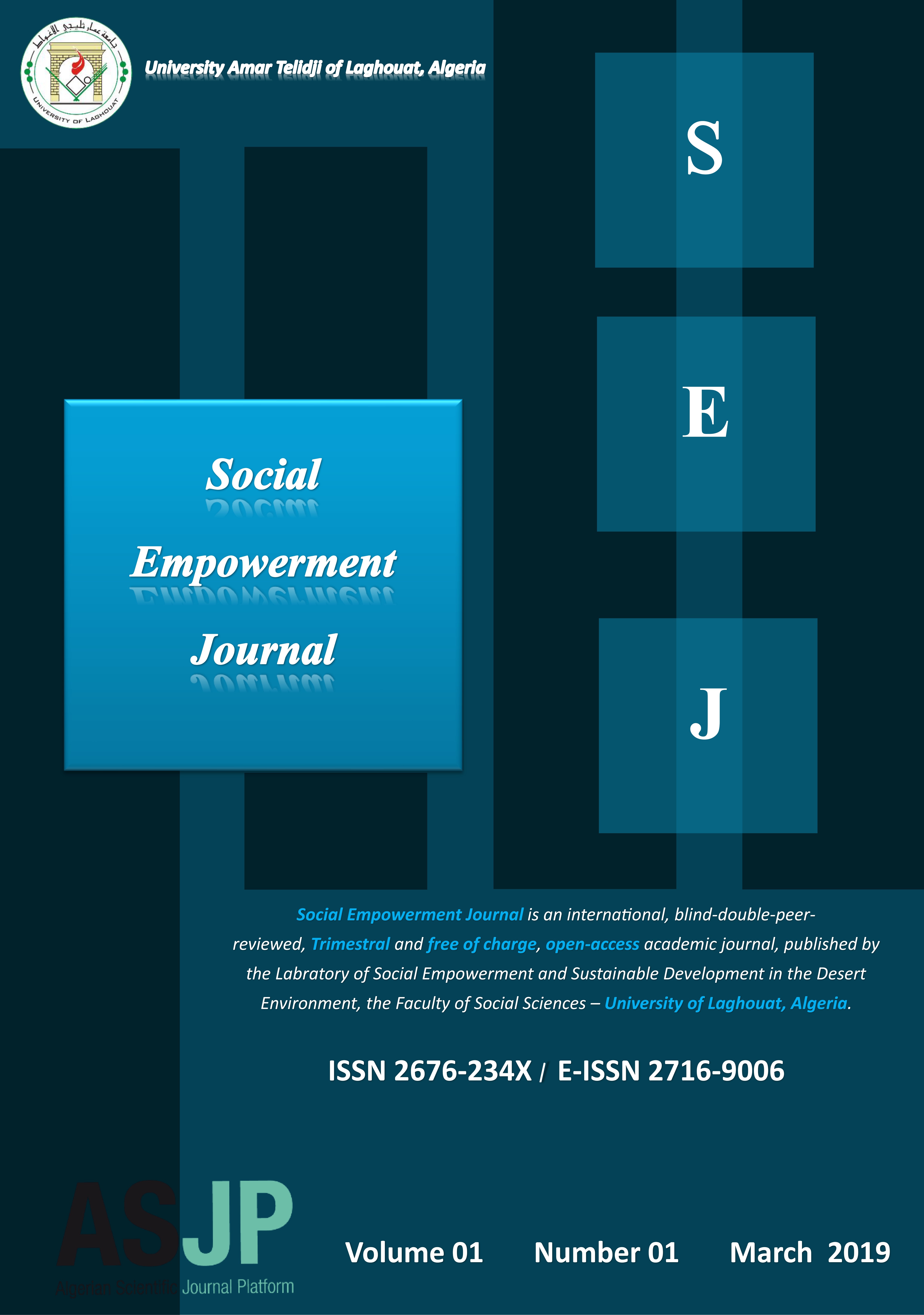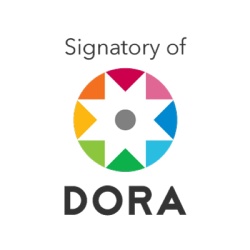Sociological analysis of the reality of children's interaction between the family and the digital world
مقاربة سوسيولوجية تحليلية لواقــع تفاعل الأطفال بين الأســرة والعالم الرقمي
Abstract
The study aims to show the gap between the social networks or the Internet in general in the family, where the family is one of the most important institutions of social upbringing if not the most important at all as it is the cornerstone and the important institution that ensures the success of other institutions, the family can not achieve success in It is possible to say in light of the technical development and the emergence of social networks on the Internet that this family is suffering from many different challenges and at the top of this The "socialization", which is growing by the day the Internet impact on the socialization.
Where the subject was addressed according to a sociological warning of the danger of coming through social networks of the reality of direct and real family interaction, which gradually fade away, while strengthening and growing and develop on the virtual, and this is the focus of the sociological approach to the reality of interaction between children and the digital world social networks model.
Downloads
References
Salem, F. (2017) The Arab Social Media Report 2017: Social Media and the Internet of Things: Towards Data-Driven Policymaking in the Arab World (Vol. 7). Dubai: MBR School of Government.
- Arabic references in English:
Zaki, A. B. (1994). Dictionary of Social Science Terms. Dar Al-Fikr Al-Lubnani, Beirut.
Sari, H. (2005). Internet Culture: A Study in Social Communication. Majdalawi Publishing and Distribution, Amman, Jordan.
Mineronov, J. (1974). Group Dynamics (F. Antonius, Trans.). Owaidat Publications, Beirut, Lebanon.
Al-Haj, M. A. H. (n.d.). Rules and Standards of Social Interaction within the Family. Journal of the College of Arts, (3).
Gheith, M. A. (n.d.). Dictionary of Sociology. University Knowledge House, Alexandria.
Naeimi, A. M. The Value Role of Family Dialogue in the Face of the Risks of Globalized Virtual Communication. Alukah Network.
Abdel-Fattah, A. S. (2009). Internet and Youth: A Study on the Mechanisms of Social Interaction (1st ed.). Dar Al-Alam Al-Arabi, Cairo, Egypt.
Sadiq, A. M. (2011). New Media: A Study in Its Theoretical Approaches and General Characteristics. The Arab Portal for Media and Communication Sciences.
Al-Majali, F. (2007). The Use of the Internet and Its Impact on Social Relationships Among University Youth: A Field Study. Al-Manara, 13(7).
Abu Al-Nil, H. M. (1978). Social Psychology. Dar Al-Nahda Al-Arabiya for Printing and Publishing, Beirut.
Al-Shanawi, A., et al. (2001). Socialization of the Child. Safaa Publishing and Distribution, Amman, Jordan.
Ali, A. M. Y. (1999). Lectures on Population, Family, and Childhood Issues. Modern University Office, Alexandria.
Baaziz, I. (2010). New Means of Communication and Their Impact on Users' Culture. Paper presented at the National Symposium "Media and Society," Mohamed Khider University, Biskra.
Ali, A. M. The Reality of Conflict and Integration Between New and Traditional Media: Al-Jazeera as a Model. Published on Alukah Network. http://www.alukah.net/Culture/10894/40820/#ixzz2CHbSqZku
Alam El-Din, M. (2005). Information and Communication Technology and the Future of the Press Industry. Dar Al-Sahab, Cairo.
Abed, Z. (2012). The Role of Social Networks in Mobilizing Palestinian Public Opinion Towards Social and Political Change. An-Najah University Journal for Humanities Research, 26(6).
Alawneh, H. S. (2012). The Role of Social Networking Sites in Encouraging Jordanian Citizens to Participate in Popular Movements: A Field Study on a Sample of Unionists. Paper presented at the 17th Scientific Conference, "Culture of Change," Faculty of Arts, Philadelphia University, Amman, Jordan.

This work is licensed under a Creative Commons Attribution-NonCommercial 4.0 International License.




















